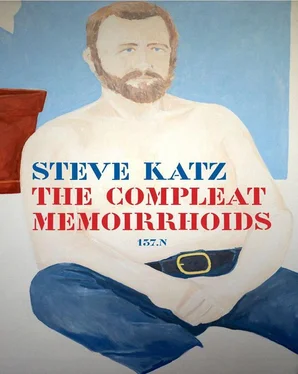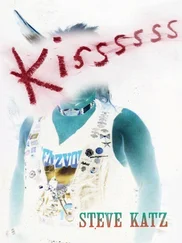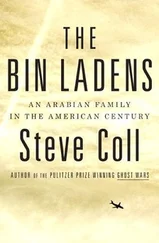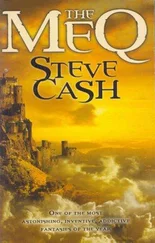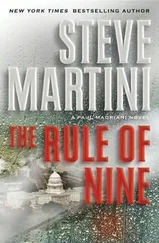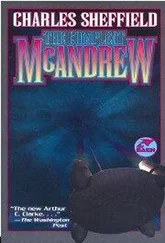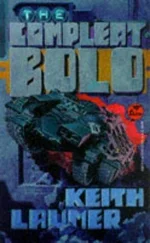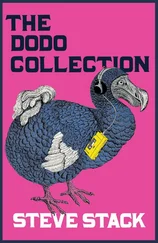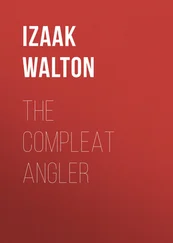Chungking Mansions is a separate universe in the midst of Kowloon commerce and grit. It’s an irresistible monstrosity labyrinth at 36–44 Nathan Road, with several arcades of shops at its base. Here’s one of the impoverished world’s hubs of globalization, 17 stories, with five pairs of elevators, two for each of the five sections of the building, one that goes slowly to the odd floors, the other that creeps up to the evens. There are long lines waiting for each, so you often prefer to suffer the filthy stairwells, that smell of garbage, blood, and offal. Each landing opens onto a whole ethnic neighborhood. A curry perfume dominates some where Indians or Pakistanis have opened restaurants, some of them very good, and the scents of roast pork and lemongrass dominate Southeast Asian landings, and on the fifth floor bank C for instance, Africa, chicken pilpil. You can exchange money, get an acupuncture treatment, buy pirate CDs. A Filipino tattoo artist will make you look Yakuza in a few days. The Pakistani barber chops hair cheap. A tailor from Madras, or a Sikh if you prefer, will make for you a suit with a silk lining, just one fitting, overnight, latest fashion, unbelievable savings. Outside the building touts for the various restaurants or for one of the 80 or more “guesthouses” in the building will personally take you to his establishment and sell you a fake Rolex on the way. It’s the only cheap beds in Hong Kong. One story from a friend has it that her cousin died there on a cold night because he lit the space heater in the tiny room and was asphyxiated before he could open the window. You’re on your own at Chungking Mansions. People of all colors, ages, sizes stagger around in a deracinated fog. The building is on some of the most expensive real estate on the planet, but the nine hundred plus owners and the four thousand people who live there beat back the bulldozers and wrecking balls. You can get anything you want at Chungking Mansions, anything you need, and plenty of stuff you don’t need.
I met my son Rafael in Taipei. He had been studying calligraphy and brush painting there for several years, and solidifying his language skills. We hung out in his neighborhood before heading to Hong Kong and the mainland. His Mandarin was fluent, idiomatic. The situation reversed our roles, since he had to translate and explain everything. Suddenly I was like his son. I had arrived near Christmas. Kids swarmed me on the streets because I looked to them like Santa Claus, bearded, paunchy, and grey. It’s not hard to draw a gawking crowd anywhere in China, and I seemed totally worth their gawking. The streets near Rafael’s apartment were perfumed with the limburger-like smell of chou-doufou. Restaurants don’t dare serve this fermented tofu because the stench would drive customers away. You smell the carts of the street vendors for blocks. Like limburger, it’s an acquired taste. I like it. They seat you on a stool in the midst of the reeking steam from the cart, and then dish out their fetid delicacy with a bowl of tasty soup. You slurp it down in the midst of traffic and smoke. It’s aggressive street food, savory and good for your health.
Taipei is a frenetic, busy city, third world, with jerry-built condo skyscrapers, constant traffic spewing black exhaust, everywhere polluted, confusing, though occasionally when you turn a corner out of the general muckiness onto a smoky side street you score a surprise, a reward as if for just being there. You can enter a teahouse that takes you back centuries into the history of tea ceremony and ancient Han elegance. The rooms of teak and ebony, are separated by elaborately carved screens. You’re served on rosewood tables beautifully inlaid, sit on soft cushions of embroidered silk. It’s a welcome retreat from urban riot. A whisper of ancient music fills the room. The lovely servers move by in a silken rustle of traditional costume, and prepare the tea at your table, a ceremony of graceful hands. Aromas nuzzle your senses, of different teas, smoky, floral, earthy, steeping throughout the room. The choreography of the hands over cups, bowls, teapot, tray, all implements beautifully crafted, dances over your servings as if disembodied, devoted to the long history of delight in tea.
The Palace Museum holds the rarest treasures of Chinese Culture. Chiang Kai-Chek and his crew hauled away everything they could carry off the mainland when the Communists chased them to Taiwan. They dragged most of Chinese heritage with them. The palace they built around these artifacts is one of the world’s major museums, housing the greatest paintings, sculpture, pottery, and jade, examples from every dynasty. The most valued carving in the jade collection is a slab of jade pork. It lies quietly inedible in its electronically secured glass case. It’s a flat piece, a little wavy, slightly irregular in shape, the size of a good portion of meat to share among several diners. The genius of this jade is that it really evokes pork. It is equally and clearly divided on the horizontal plane between a layer of meat and a layer of fat. No matter that it is two shades of jade green, the contrast in texture and color evokes the smooth snowy whiteness of the fat layer, over the tender brown grain of the meat. It is the echo in precious stone of a prized delicacy, the eternal promise of a feast, forever delicious. This piece embodies one of the richest aspects of Chinese culture, derived perhaps from so many generations that knew deprivation, even starvation. Their spirit expresses itself joyously in food.
Eternity is the destination of a lavish formal feast laid out under tents on a shopping street near Rafael’s apartment. The wealth of the deceased is reflected in the number of monks chanting day and night under the canopy, and the lavishness of the feast presented publicly to accompany the spirit into the other world. The living poor, the homeless, the hungry, the passing shoppers, the teens with giant appetites, can only gaze on this opulence and beauty — the barbecued pork, the turkey roasted and glazed, the crisp ducks, the heaps of vegetables steamed and braised, cauldrons of soup, congee, tripe, kept warm with cans of Sterno, many varieties of fish steamed and fried and roasted, shrimp, crab, scallop, squid, abalone, sea slug, lobster, jellyfish, everything you might fantasize eating in a restaurant is offered there, forbidden to the living, to be consumed only by the dead one as he invites other ghosts to dine with him splendidly in some other more lavish Taipei of the dead.
Chungking Mansions is the realm of the living, and a feast of another kind. All the ethnicities, all languages of the world percolate through it. Rafael and I fly from Taipei to land at Chungking Mansions. In that one sprawl of a building all the street cuisines of the planet present themselves side by side. Any of the elevators, and the elevators are always full, spews a wide spectrum of people, most of them migrating to improve chances for the good life. Our cheap narrow room has a double bunk squeezed into it, thin stained mattresses on sagging reticulations of wire. Rafael performs some Chinese magic at an office tucked somewhere into this labyrinth, where he applies with a fistful of cash for visas to the People’s Republic. After a few days they appear, a bureaucratic miracle. We hop a train and roll away from the free world, into the vast Communist republic, wider than any writer’s imagination.
The girl lingered by our old Plymouth clunker station wagon as we loaded the tipi onto the rack. “Don’t mind her,” said her mother. “She’s okay, but she’s special. She has some weird thoughts.” She might have been talking about a dog that looked strange or vicious. This girl had a lively, freckled, tomboy look. “I don’t know what we will do with her. What will become of her?” I don’t know why she told me this. Did she think I could help? The girl looked like any lively, curious kid to me.
Читать дальше
